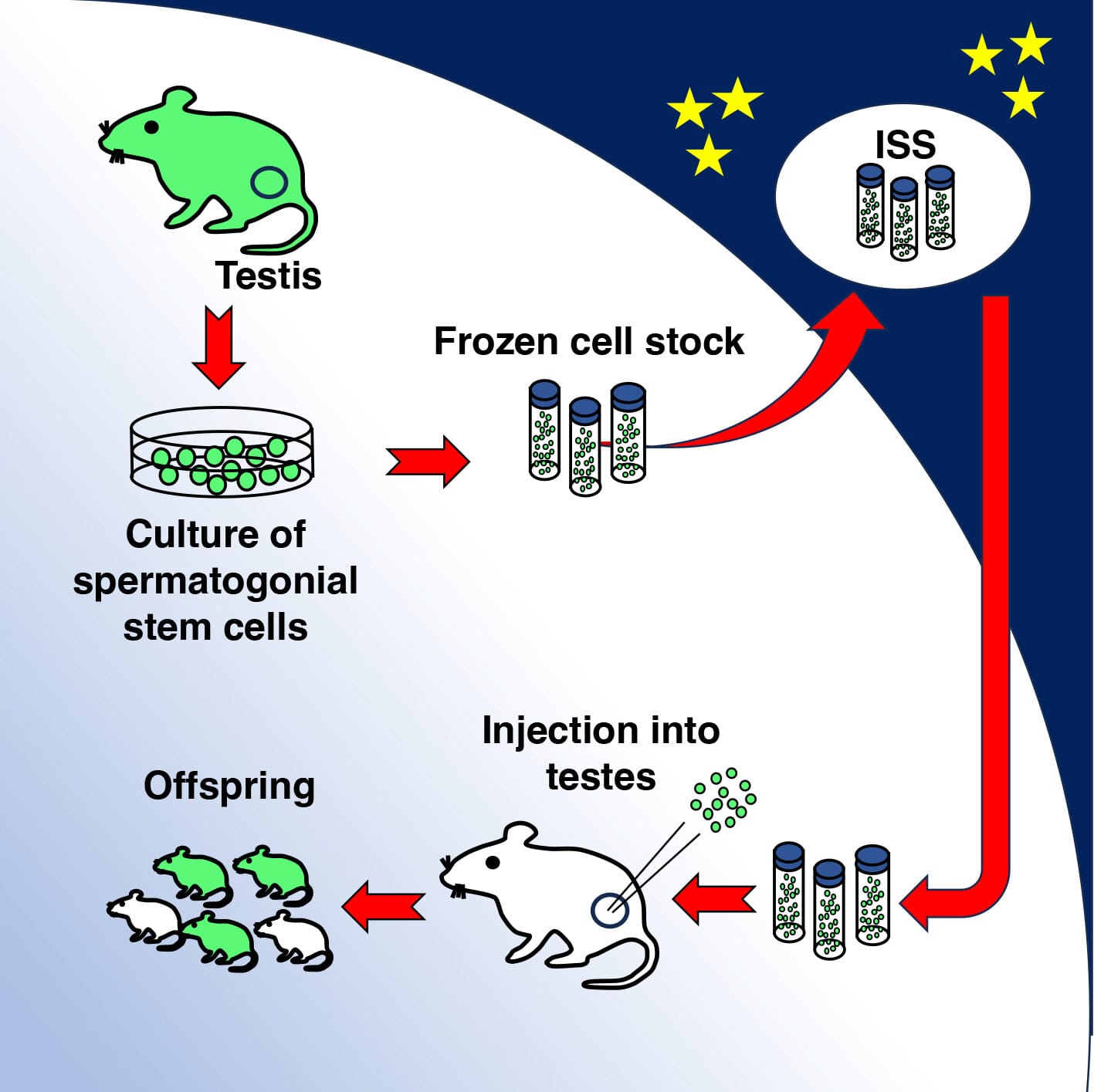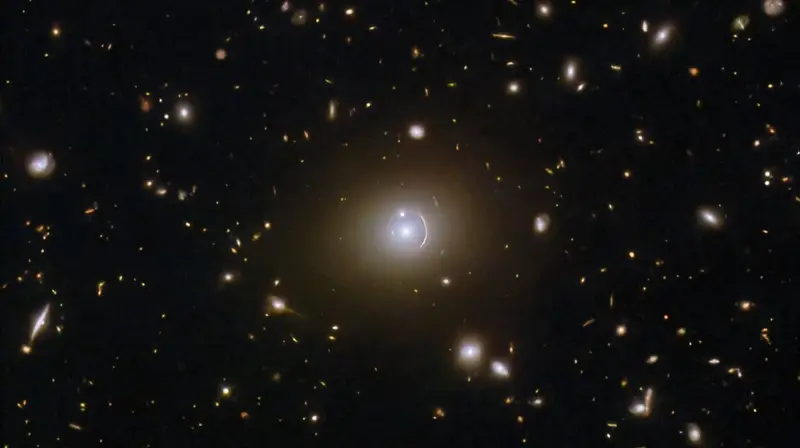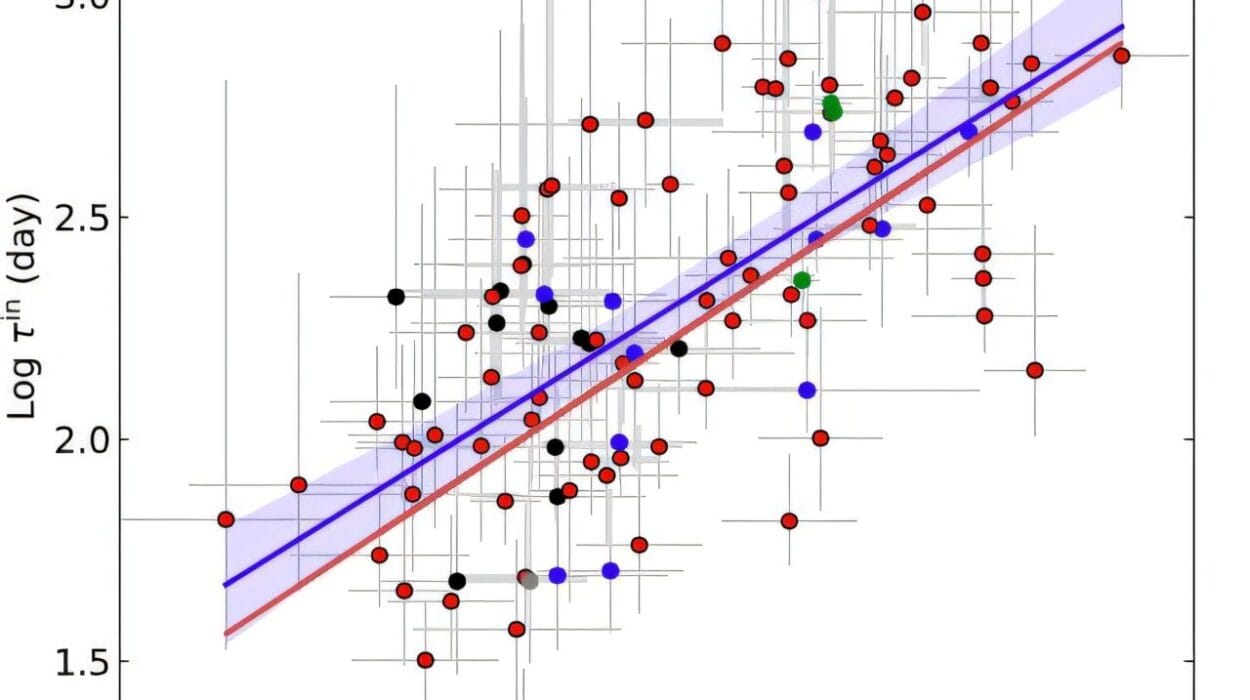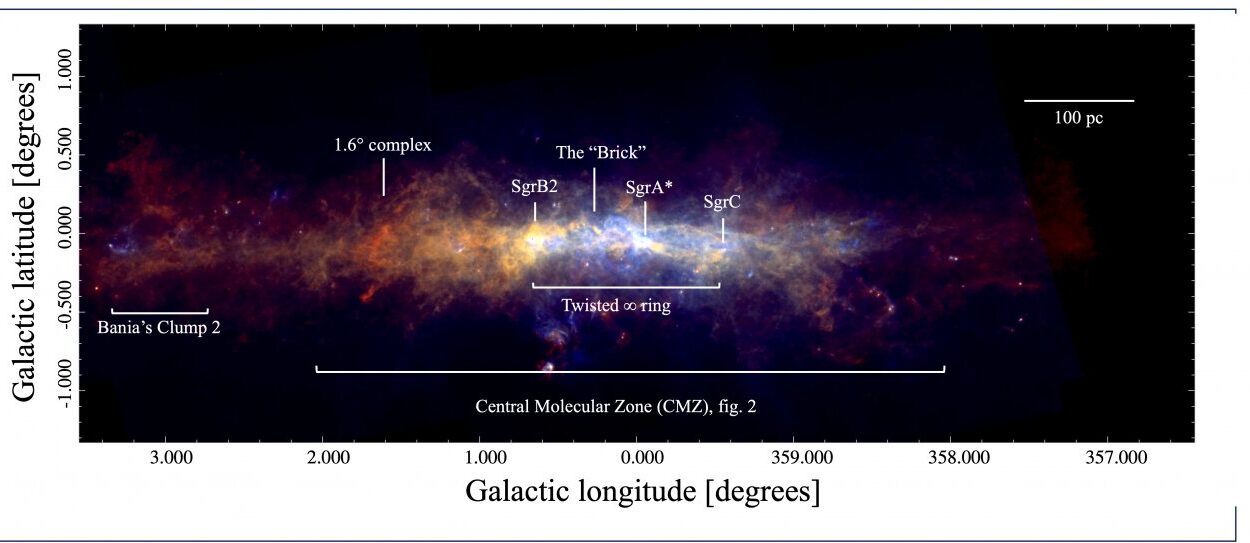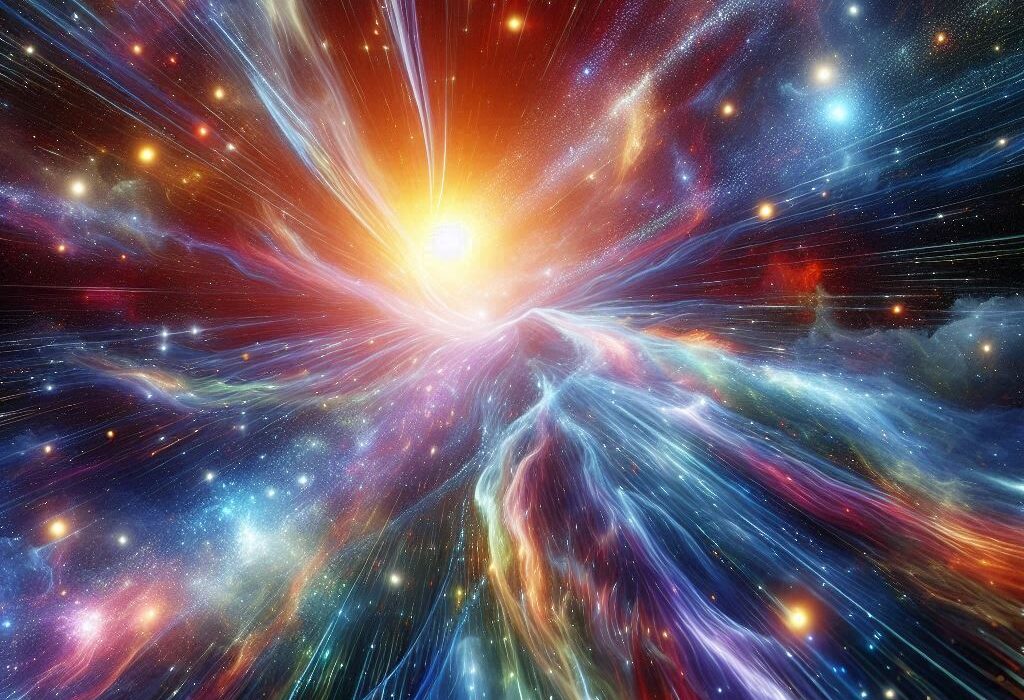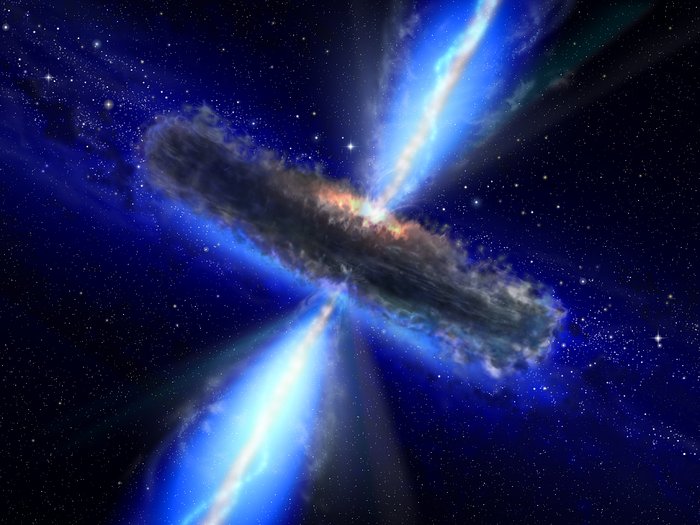For decades, scientists have looked up at the stars and wondered not only if humanity could survive long-term space travel — but if we could truly thrive among the stars. Survival is one thing. Building families, raising children, and sustaining healthy generations in a spacefaring future is another challenge entirely.
Space is hostile in ways Earth-bound life rarely experiences. Astronauts returning from months aboard the International Space Station (ISS) often face muscle loss, weaker bones, and disrupted sleep cycles thanks to altered gravity and constant light-dark changes. And then there’s radiation — the invisible hazard that quietly bombards the body with charged particles, capable of damaging DNA itself.
For the human race to one day colonize Mars or venture further, scientists need to understand whether the very building blocks of reproduction — sperm and egg precursor cells — can withstand the stresses of space. If they can’t, long-haul missions might end with no next generation at all.
Now, a team of researchers at Kyoto University has taken a critical step toward answering that question.
From Earth to Orbit and Back Again
The study, published in Stem Cell Reports, began with a simple but bold idea: what if we sent the raw materials of reproduction into space, left them there for months, and then saw if they still worked back on Earth?
The team focused on spermatogonial stem cells — the earliest stage of sperm production — taken from mice. Unlike fully formed sperm, these cells can regenerate and continue producing sperm for as long as they remain healthy. The researchers cryopreserved (deep-froze) the cells, then sent them to the ISS, where they sat in a deep freezer for six months while orbiting more than 400 kilometers above Earth.
When the samples returned to Kyoto, the real test began. The cells were thawed, expanded in the lab, and transplanted into the testes of live mice. Within three to four months, those mice produced healthy offspring through natural mating.
Healthy Births Under a Spacefaring Shadow
The results surprised the researchers. “We actually expected space radiation to be more harmful than the freezing process itself,” says lead author Mito Kanatsu-Shinohara. “But the opposite turned out to be true.”
Cryopreservation uses small amounts of hydrogen peroxide to help preserve cells, but the concentration used can also kill some of them. While radiation during spaceflight can damage DNA, the Kyoto team found minimal differences between pre- and post-spaceflight germ cells. In fact, the returned cells seemed just as capable of producing healthy offspring as cells that had never left Earth.
When the baby mice were examined, they showed no signs of abnormal DNA expression and were outwardly healthy. This suggests that cryopreserved germ cells can survive at least six months in orbit without losing their reproductive potential.
Why This Matters for the Future of Space Travel
The implications are far-reaching. If reproductive cells can endure the environment aboard the ISS, it opens the door to storing a “genetic library” in space — a safeguard for species survival during interplanetary colonization. It also means astronauts on multi-year missions might still have the ability to start families once they return.
Still, the researchers caution that this is just the beginning. Space travel isn’t only about surviving six months in low Earth orbit. Missions to Mars could take years, and deep space carries much higher levels of radiation than the ISS.
“We still have some spermatogonial stem cells frozen on the ISS,” says Kanatsu-Shinohara. “Our next step is to continue analyzing these samples and see how long they can last in space without losing function.”
The Long Road to Interstellar Parenthood
For now, the baby mice born from spacefaring cells seem healthy — but appearances aren’t everything. Scientists will need to track their health over their lifespans, see if they can reproduce normally, and monitor for subtle genetic issues that might take generations to appear.
The idea that humanity could one day send not just astronauts, but the seeds of future generations into the cosmos is no longer pure science fiction. The Kyoto study doesn’t answer every question — but it does prove one thing: the recipe for life may be more resilient than we thought, even when it spends months circling our fragile blue planet.
In the end, this research isn’t just about biology. It’s about possibility — the possibility that one day, a child might be born whose very first cells once floated silently through the infinite dark, waiting to spark life on a new world.
More information: Germline transmission of cryopreserved mouse spermatogonial stem cells maintained on the International Space Station, Stem Cell Reports (2025). DOI: 10.1016/j.stemcr.2025.102602. www.cell.com/stem-cell-reports … 2213-6711(25)00206-1
